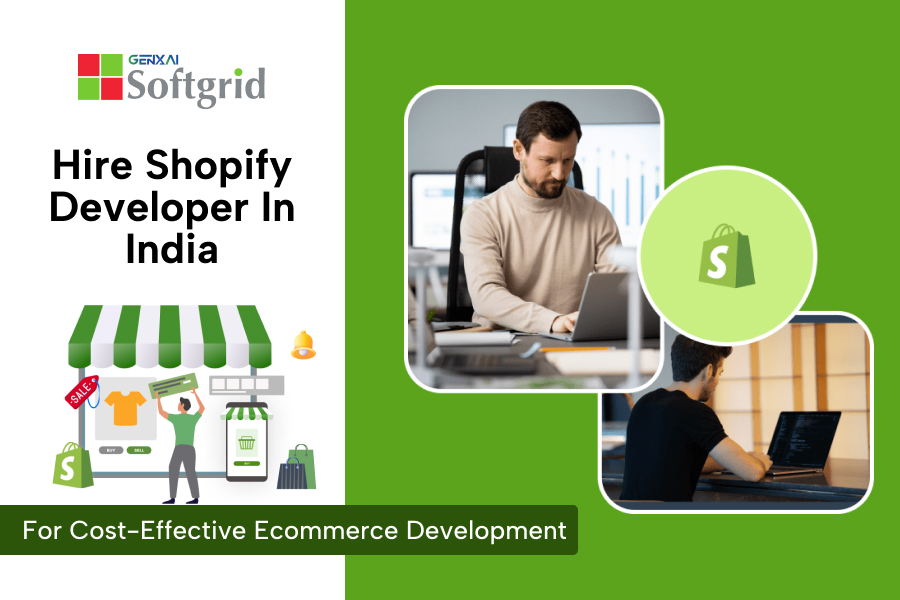Here are ad tech companies to look out for in 2017. Although advertising trends styles seem to be short-lived, each of these firms aware of the need to develop and fulfill the requirements of today’s promoters and customer as well.
Founded in 2000 in Redmond, Washington, US. Perion is an Israel-based ad-tech organization offering engagement and monetization solutions for the web and mobile-based digital businesses. Perion understands the difficulties of catching consumers’ minute interest covers by focusing strong advertising solutions — particularly on cellular, where the majority of its strategies are targeted.
The organization obtained Undertone in delayed 2015 and has since proved helpful with famous labels like Microsoft and social giant Pattern.
Appnexus is an American multinational technology company established in 2007, whose cloud-based software platform allows and optimizes programmatic online advertising.
Already a significant name in the ad tech space, AppNexus features as many as 9.3 billion dollars impressions transacted daily to represent over 500 customers. Combining machine studying with endless arrays of information, the organization focuses on reliable updates and continuing versatility for ad promoters.
But given its current popularity within the industry, what’s AppNexus doing to build buzz?
Well, the company’s latest statement to team up with other ad tech gamers to deal with Google and Facebook head-on is certainly creating surf. After all, anything that spells greater competitors in the world of ad tech is a plus given that those two the big games lead to one-fifth of ad income. All eyes will be on AppNexus’ campaign soon as the organization looks to release Google’s and Facebook’s stranglehold on today’s ad dollars.
MediaMath: Demand-Side
MediaMath established in 2007, releasing a technical trend with the first demand-side platform (DSP) and nowadays, the MediaMath Marketing Operating System, TerminalOne, abilities the marketing exercise of more than 3,500 brands.
No marketing team can personally buy a large number of ads across some ad transactions every day. So the buy part of ad tech has been mostly automated by and combined with demand-side platforms (DSPs) like the one provided by MediaMath.
MediaMath is leading independent company in the category. Its DSP scores higher than its opponents, such as Google, in user satisfaction, according to G2 Crowd, a monitored scores site for B2B technical products.
According to MediaMath, promoters face two core challenges: increasing each impact and using viewers information to improve product sales. Through the company’s omnichannel platform and machine learning, MediaMath helps promoters and publishers provide appropriate ads to their specific viewers.
Specifically, the company’s predictive audiences feature aggregates anonymized information from viewers to help promoters comprehend their most useful customers. This eventually provides promoters a more extensive review of their viewers, which is necessary to make significant discussions with their customers.
Founded in 2005, LiveRamp is an Acxiom organization situated in the technological innovation hub of San Francisco. LiveRamp’s objective is to provide appropriate and customized ads to customers with a focus on security. As there is no one-size-fits-all way of promoters utilizing ad tech, person-level information is fundamental of LiveRamp’s system to help fulfill the requirements of customers on a human stage.
Currently, LiveRamp is offering the idea of a united identifier, or single cookie, which could follow customers across gadgets. As the product is not yet ready, though, the public will have to hold back and see whether or not such an identifier becomes a reality.
AdRoll: Retargeting
Founded in 2008, AdRoll was one of the pioneers of ad retargeting, the technology that serves you ads based on products or services you have recently browsed online.
Speaking of cookies and following customers from Factor A to Factor B, AdRoll’s AdRoll’s retargeting solution has access to over 500 ad transactions, such as Facebook and Google. That technique has helped major customers such as Clinique report an 8.5x ROI and 265 percent increase in product sales thanks to AdRoll’s platform.
Beyond retargeting, AdRoll also offers promoters with lead generation alternatives centered on customer activities on-site. Through this information, promoters can comprehend new potential viewers to engage in centered on the activities of current customers. AdRoll notices that its platform has a achieve of over 1.2 digital information, which allows for lead generation on just about any vertical — not just Facebook’s Lookalike Audiences or Google’s Similar Audiences.
StartApp: Mobile Ad and Monetization
StartApp operates a monetization and distribution platform focusing on free applications for mobile phones. The company was founded in 2010 and is based in Netanya, Israel.
Many ad networks contend to provide ads within mobile applications on mobile phones and tablets. These companies associate with app developers and take responsibility for providing and, sometimes, developing the apps’ ads.
StartApp was one of the leaders in this space and was just known as the fastest growing company in New York. It led the way toward developing “native” ads particularly for mobile user interfaces rather than simply reducing website advertising ads to fit on mobile displays.
StartApp has several powerful opponents, such as the mobile ad networks InMobi, Tapjoy, AdMob by Google, and Viewers network by Facebook. But the organization has always been in the lead of its market by ongoing to enjoy advancement in ad design.
Oomph: Print to digital translation
As traditional print publishers shifted towards the web and mobile platforms, they have searched for ways to bring their print ads with them. Companies like Oomph help them do this.
Oomph takes ads made for creating journals and changes them into rich media ads. That is ads created to take advantage of the performance of websites and, especially, tablets and mobile phones. This kind of design work is a specific expertise that most of the Oomph’s customers — large businesses, marketers and ad organizations — don’t want to create in-house.
The service is useful because it cuts cost and time of print-to-digital interpretation and allows marketers to offer ads across both print and mobile platforms in a single deal, instead of through individual offers for each media.
Tapad: Cross-device advertising
Tapad resolves one of the essential puzzles of ad tech: how does a professional follow an individual from device to device? It’s more complicated than you might think.
These days, individuals own many gadgets, they discuss some of them, and there isn’t any extensive personal computer of which mobile phones and laptop computers go with which individuals.
To fill up this gap, Tapad uses complicated methods to create a “probabilistic device chart,” which informs promoters how likely it is that the customer of one system is the same as the user of another. Marketers can make advertising Choices and look at the efficiency of strategies based on the resulting confidence interval.
This is a good niche to be in because it allows Tapad to be agnostic about who eventually victories the fight over the business for ad exchange and other sections of greater ad technical industry. Whoever is dealing ads, they need to be able to confidently figure out they’re attaining the right customers.

 Web and Full Stack
Web and Full Stack CMS and Frameworks
CMS and Frameworks Online Marketing
Online Marketing Cloud Services
Cloud Services ECommerce
ECommerce Mobile
Mobile



